Ha Coi - the old name of Hai Ha district - is a very familiar name to people in the East and also very impressive to those who love history and culture of the Northeast! However, the more time passes, the more people do not understand what the name Ha Coi means or understand it very biasedly, deviating from the original true meaning. Large civilized regions are always associated with rivers, accordingly, ancient names associated with the word Ha are very special places worth our study, decoding and feeling.

In ancient history, the name Ha Coi was written in Chinese as 河檜. Ha (河) means river and water, Coi (檜) means the forest trees that are green all year round. Coi does not only mean trees in general as the common noun we understand, nor does it mean "dense grass and trees" as many local history pages have compiled recently. In the past, our ancestors used the word Thao (草) to refer to herbaceous plants, used the word Thai (菜) to refer to vegetables, used the word Moc (木) to refer to woody plants in general... and used the word Coi (檜) to refer specifically to the old forest trees that are green all year round, do not lose their leaves seasonally, each leaf on the tree can last from 3 to 40 years before falling, the scientific term we now call "evergreen trees". The characteristics of Ha Coi are its fresh green beauty, strong vitality, resilient temperament, and good resistance to the hardships and harshness of the terrain and weather, typically pine, pine, cypress trees... Thus, Ha Coi can be generally understood as "old forest by the river", in a narrow sense as "pine forest by the river", in a literary sense as "a fertile, green, deep, durable, resilient land"... If we know that the older name of this land is Ha Mon, we will see the great significance of the name Ha Coi when the ancients wanted to emphasize that this is not only a general name for the location of the river mouth, sea mouth on the map but also a whole territory of old forest by the river and sea.
Ha Coi - such a simple, familiar and meaningful name, but it is also very difficult when people from generation to generation misunderstand the meaning of each letter, even all the eastern districts keep their old names, only Ha Coi has changed its name several times. The word Ha is simple and easy to understand, but the word Coi is often misunderstood. There have been many different ways to interpret the name Ha Coi, which could easily become a legend. Actually, we should not talk about whether the interpretation is right or wrong, because with each historical situation, a new generation of people thinks about the name according to their own understanding and intentions. That belongs to knowledge and emotions, sometimes we should just let it be natural, language is also a living language, it needs to have a semantic life according to history. But it must be admitted that most people do not understand the original meaning. Some quite humorous and biased interpretations that we often encounter are as follows:
Hà Cối was once misunderstood as another name for Hạ Cư, meaning downstream of the river or at the foot of the mountain. This is the explanation of people who know a little Chinese dialect. In the past, Hà Cối had many Southern Chinese people who migrated through the mountains and forests to live (mainly the Hakka - Ngái people), they used many different dialects and often called Hà Cối wrongly as Hà Cái, Hà Cư... understood to mean the market area by the river or the residential area by the river. Because they lived in the highlands, it was easy to understand Hà Cối in the lowlands like that.

Ha Coi was once explained very simply as a place with many stone mills by the river. This must be the perspective of those who came to Ha Coi after 1979 (the colloquial term is “New Economic people”). They were so impressed by the scene along the Ha Coi river where there were many fishermen pounding oyster shells (heated like burnt limestone) in old stone mills to make lime for boats. In addition, occasionally along the river there were giant stone mills left by the Chinese – called “may gan” in Chinese – used to grind rice by water power, surely these special mills (which did not exist in the delta) were imprinted in the feelings of the new generation when they explained the name Ha Coi.
Ha Coi has also been explained quite scientifically that the big river here has Ha waterfall and Coi waterfall. In fact, it is true that near the confluence of Ha Coi river there are Ha waterfall and Coi waterfall, but the word Ha (蚵) in the name of Ha waterfall has the Trung radical to indicate that the waterfall has many barnacles clinging to the rocky sandbank, and the word Coi (𥖩) in the name of Coi waterfall has the Thach radical to indicate a large concave whirlpool in the middle of the river surrounded by pebbles that looks like a natural stone mill. Meanwhile, the name Ha Coi has the word Ha (河) using the Thuy radical and meaning river and the word Coi (檜) using the Moc radical meaning tree. These are just homonyms, the Chinese characters are written differently and the semantics are also different.
Although each of these misunderstood meanings also shows a little bit of the difference between Ha Coi and other places, it does not show the most general characteristics of Ha Coi's terrain and ecology, which is the old forest by the river as the original meaning, nor does it carry the profound meaning of the literary meaning that the ancient name Ha Coi suggests, and it is even more unrelated to the meaning of Nom characters that the old teachers who taught Ha Coi students always emphasized the semantics of the ancient name of this land.

Ms. Nguyen Bich Tram, former Vice Principal of Quang Ha High School, told about the impression of the name Ha Coi that her father - Mr. Nguyen The Ky planted in the minds of his children from a young age: “My father belonged to the intellectual class that grew up from the Western education during the French colonial period. He was very good at French, had progressive modern thoughts, but also especially loved the beauty of traditional culture. He was well-versed in Confucianism because when he was young, he was taught both Chinese and Nom characters by a teacher at My Son village communal house. Afraid that we would not remember the Nom meaning of the name Ha Coi, he wrote the two words My - Coi in the name My Son - Ha Coi very large and hung them up to teach regularly. Later, when we grew up and built a new house for our father, he also embossed those two words on the large gable wall right in front of the entrance gate, so we could see them right away. My Son is the name of the village, Ha Coi is the name of the hometown. The words Son and Ha written in Nom are similar to those written in Chinese and are quite easy to remember, meaning mountain and River. But the words My and Coi have such profound meanings that we, as children, often misunderstood the hieroglyphs with many strokes. My father emphasized many times that when written in Chinese characters, Coi has the radical Viet and My has the radical Muc, but when written in Nom, Coi has the radical Nhat and My has the radical Nguyet. These radicals have quite similar strokes, but when written in Nom, the Confucian scholars wanted to play with words and convey their wish that the name Ha Coi - My Son would last forever like the sun and the moon. For a borderland that has had many historical changes like Ha Coi, this message has a very great meaning.
Currently, in international documents, if using Chinese, the name Ha Coi is often written in simplified Chinese characters 河桧 instead of using traditional Chinese characters 河檜 as before, so the young generation learning modern Chinese can easily misunderstand the meaning of the word Coi as the word Hoi due to homophones when pronouncing in Chinese, from which the interpretation of the name Ha Coi is distorted. Some historical relics or prayer books have the name Ha Coi written in Chinese characters, but these are restored relics and books copied in modern Chinese characters, so the later generations do not clearly understand the deep meaning of the earlier generations, thus also leading to misunderstanding of the name Ha Coi. Looking back in ancient history, we see that the name of Ha Coi commune, belonging to Ha Mon district, appeared since the Gia Long period (around 1810 to 1819) in the book "Cac tran tong xa danh bi lam - Nam vien xa Viet nam in the early 19th century" and was also written in Chinese characters as 河檜, not until 1888 when the name Ha Coi appeared as many local documents are propagating. According to the history of development, the name Ha Coi from the name of the river, the name of the village became the name of the district, the name of the district. After more than 150 years of the name Ha Coi, on June 4, 1969, Ha Coi district merged with Dam Ha district to become Quang Ha district. On January 16, 1979, Ha Coi town changed its name to Quang Ha town. This name change may be due to the historical mission of each period, but if we talk about it from the perspective of the feelings of Ha Coi people, it is full of regret. Today, only Ha Coi river remains with its old name. Later, the name Ha Coi Bridge was added, recently the names Ha Coi Bridge 1 and Ha Coi Bridge 2 were added.

For the past 5 years, a social network group called "Ha Coi old features" while reminding the meaning of the old name of the homeland, has also organized community activities to plant rows of pine trees in public areas or on the roadsides of New Rural villages and hamlets, and planted a whole hill of pine trees in Don Cao on the banks of the Ha Coi River. Mr. Bui Bang Dung, one of the three administrators of the group "Ha Coi net xua" shared: "Ha Coi is not only an ancient place name but also a name associated with many historical changes, many geological scientific terms, many cultural and identity stories and many native ecological species. Therefore, our group's admin team really wants to spread the meaning of the name Ha Coi so that everyone can understand and love their homeland more. We try to organize many practical activities such as replanting many pine trees along the banks of the Ha Coi River, planting a large patch of pine trees on the historic hill of Don Cao, thereby reminding Ha Coi of a pine forest by the river, a green ecosystem and a resilient spirit."
I think, if one day Mong Cai city expands to neighboring districts, Ha Coi can be renamed for a large complex of the city or for a main road, or for a meaningful cultural construction! Place names are not only the name of a land but also many community emotions towards the tradition and identity of the homeland.
Source


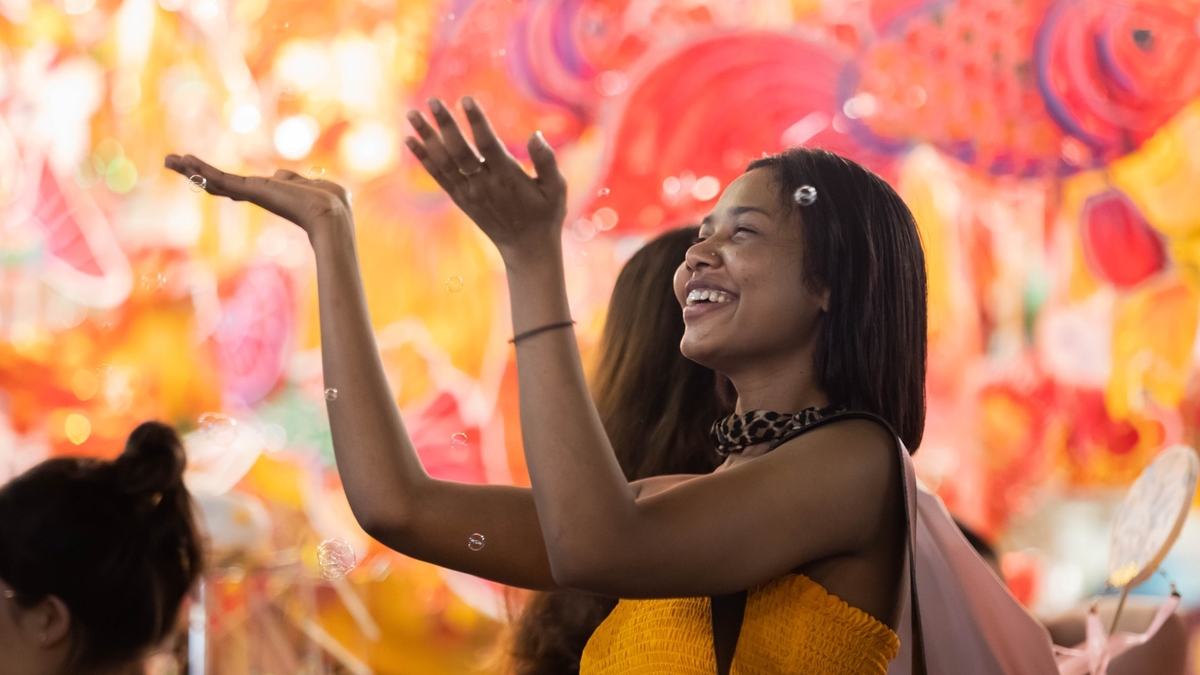
![[Photo] Solemn opening of the 8th Congress of the Central Public Security Party Committee, term 2025-2030](https://vphoto.vietnam.vn/thumb/1200x675/vietnam/resource/IMAGE/2025/10/4/f3b00fb779f44979809441a4dac5c7df)

![[Photo] Bustling Mid-Autumn Festival at the Museum of Ethnology](https://vphoto.vietnam.vn/thumb/1200x675/vietnam/resource/IMAGE/2025/10/4/da8d5927734d4ca58e3eced14bc435a3)

![[Photo] General Secretary To Lam attends the 8th Congress of the Central Public Security Party Committee](https://vphoto.vietnam.vn/thumb/1200x675/vietnam/resource/IMAGE/2025/10/4/79fadf490f674dc483794f2d955f6045)






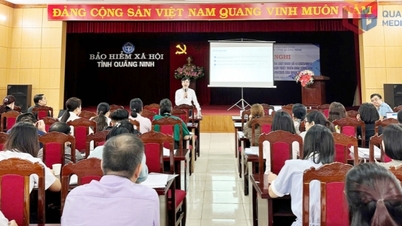



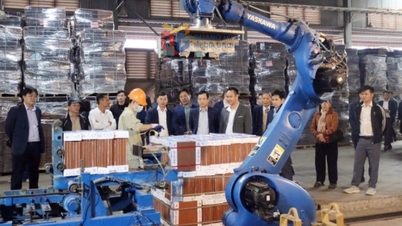
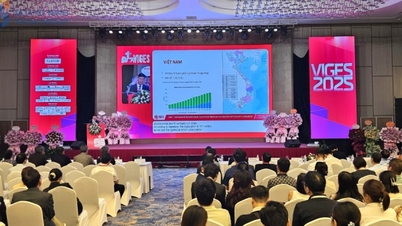




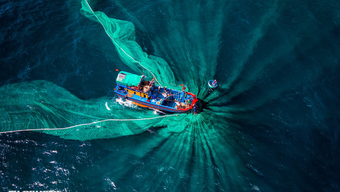

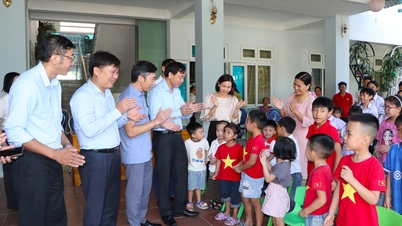
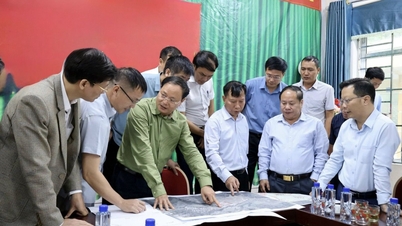
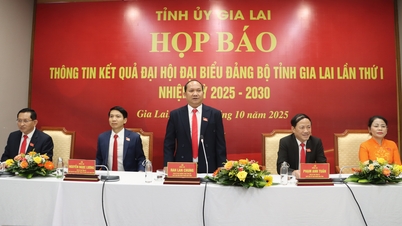
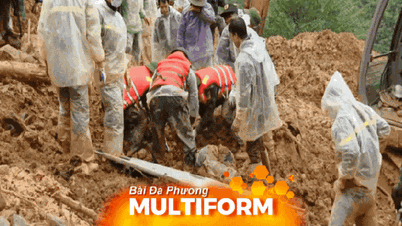




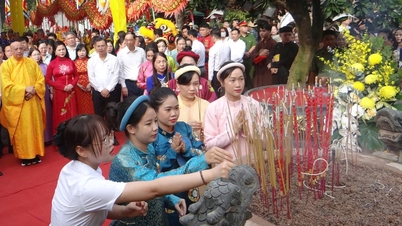

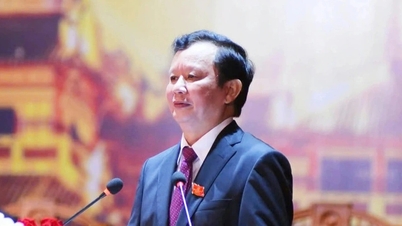

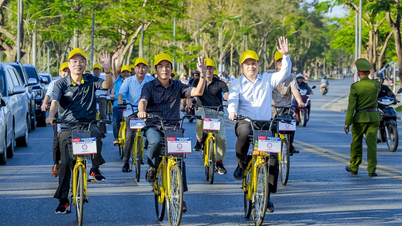


















![[VIDEO] Summary of Petrovietnam's 50th Anniversary Ceremony](https://vphoto.vietnam.vn/thumb/402x226/vietnam/resource/IMAGE/2025/10/4/abe133bdb8114793a16d4fe3e5bd0f12)

![[VIDEO] GENERAL SECRETARY TO LAM AWARDS PETROVIETNAM 8 GOLDEN WORDS: "PIONEER - EXCELLENT - SUSTAINABLE - GLOBAL"](https://vphoto.vietnam.vn/thumb/402x226/vietnam/resource/IMAGE/2025/7/23/c2fdb48863e846cfa9fb8e6ea9cf44e7)


































Comment (0)